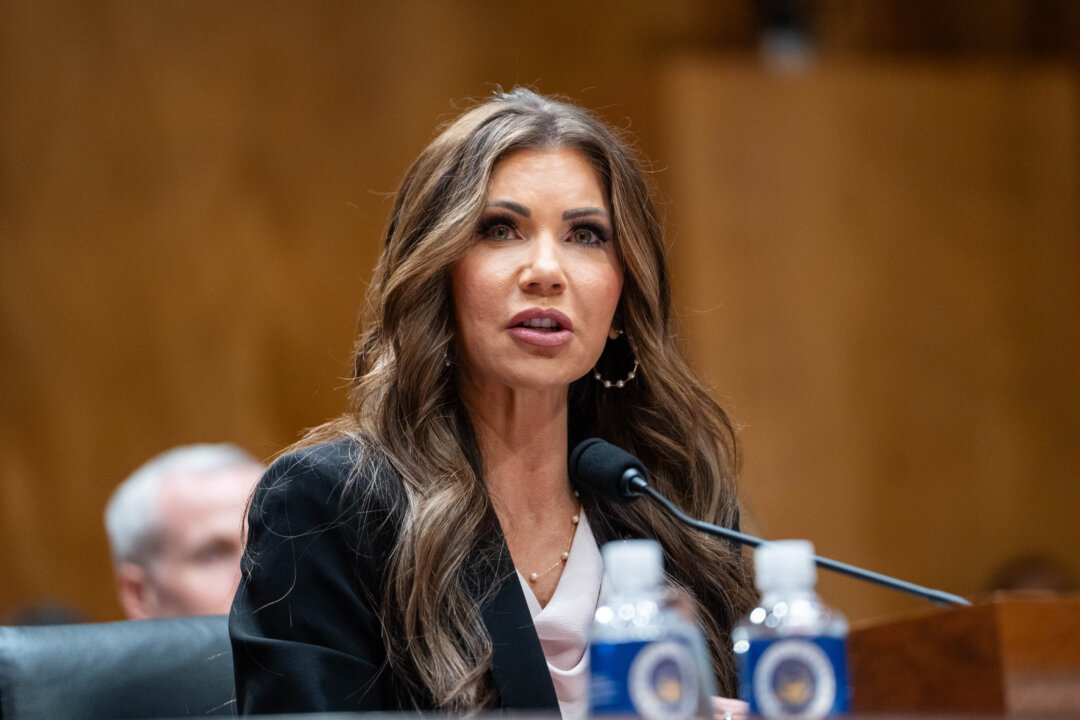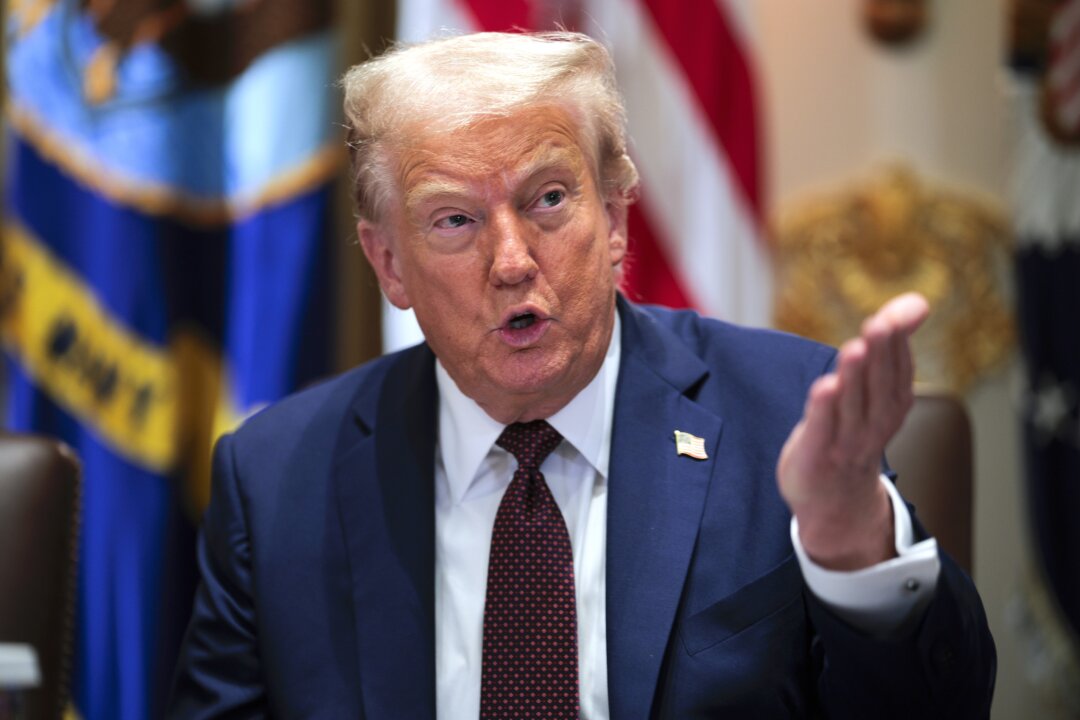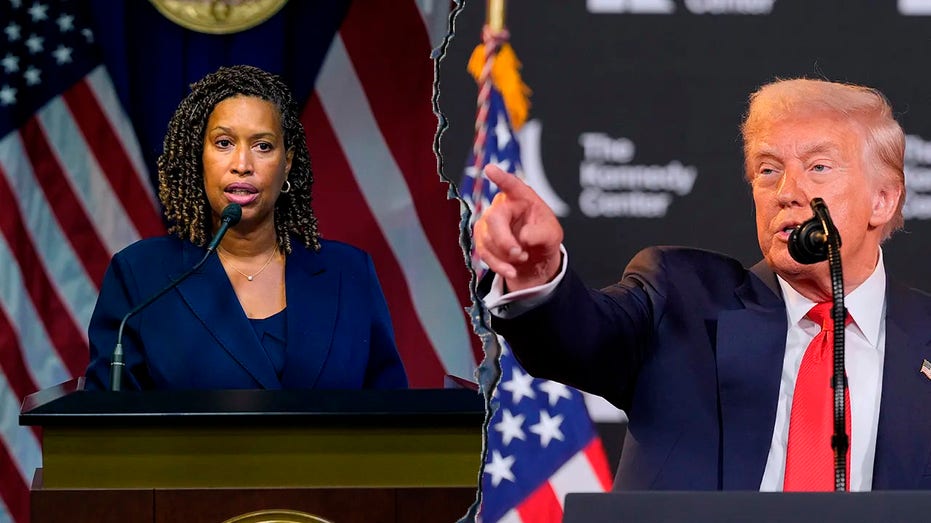A young, unknown progressive goes up against an establishment Democrat backed by well-heeled real estate interests and conservative donors. With a campaign focused on affordability, propelled by grassroots energy and small donors, the progressive wins a shocking victory that inspires wild joy on the left and predictions of doom on the right.
This wasn’t June 2025 in New York City, when Zohran Mamdani captured national attention by winning the Democratic mayoral primary. It was June 2021 on the other side of the state in Buffalo, where India Walton, a progressive Democrat backed by the Working Families Party and the Democratic Socialists of America, pulled off a come-from-nowhere victory over four-term incumbent mayor Byron Brown.
In Buffalo, as in New York, the winner of the Democratic primary is usually the winner of the general. At the time, it seemed to some like a decisive moment for progressives in their attempt to build power in the Democratic Party.
But then Brown launched a write-in campaign — a tactic that is almost never successful in elected politics — and he attacked Walton, painting her as a radical whose policy ideas were clueless at best and dangerous at worst.
The strategy worked: in the general election, Brown won handily by about 18 points.
In the postmortem, Walton’s primary victory seemed less like a hinge moment and more like an anomaly, the one-off result of a complacent incumbent who barely campaigned in the primary, before leveraging the muscle of the party machine in the general.
But now, in the wake of Mamdani’s similarly dramatic primary win and a determined effort to stop him in November, Walton’s experience has heightened relevance. It is more than just a cautionary tale. It’s a map of the landmines surrounding Mamdani — and guidance for how the democratic socialist assemblymember can avoid them.
As is now the case for the Mamdani campaign, the leaders and institutions that usually support the Democratic nominee didn’t coalesce behind Walton. Governor Kathy Hochul never endorsed her. Democratic state party chair Jay Jacobs said that he wasn’t any more obligated to endorse Walton than he would be if KKK leader David Duke had won. Senators Chuck Schumer and Kirsten Gillibrand waited until October to offer tepid endorsements.
“Obviously, [Walton] wins and everybody’s like, ‘Oh shit,’” says Democratic political strategist Basil Smikle Jr., who once worked under Brown in the Democratic state party leadership. “There’s a moment of reckoning where folks say, ‘we’re not ready for this,’ and find a way to push back, which they did. And I think that’s where you see the machine really come into action.”
The machine was effective: Brown won handily by about 18 points.
But now, in the wake of Mamdani’s similarly dramatic primary win and a determined effort to stop him in November, Walton’s experience has heightened relevance. It is more than just a cautionary tale. It’s a map of the landmines surrounding Mamdani and guidance for how the democratic socialist assemblymember can avoid them.
The two contests are not a perfect comparison. Buffalo’s population is only 2.5 percent of New York City’s, and the dynamics of the races are dissimilar in some notable ways. Mamdani’s closest rival, former Gov. Andrew Cuomo, carried baggage into the primary that was more significant than Brown’s negatives in Buffalo, which basically amounted to frustration with the status quo. New York City’s incumbent mayor, Eric Adams, chose to skip the primary to run in the fall as an independent. And Mamdani won the Democratic nomination more decisively than Walton, who edged Brown by only 1049 votes in the primary.
The demographic coalitions behind the candidates in the two cities were different as well. A SUNY Geneseo analysis of the 2021 race concluded that Brown won based on “moderate and conservative white fear of progressive policy.” By contrast, in the New York City primary, Cuomo narrowly won in precincts that had more Black voters, while Mamdani won in precincts that had more white, Hispanic and Asian voters.
But as the general election approaches, the similarities are impossible to overlook: Adams and Cuomo are fighting Mamdani using the Brown playbook: deploying tactics that worked in Buffalo, like drumming up fear of and opposition to socialist policies, and raising money with real estate interests and conservatives.
“Our opposition in both of these cases are being funded by real estate billionaires and in some cases by right-wing Republicans,” says NYC Democratic Socialists of America co-chair Gustavo Gordillo.
Rich Azzopardi, a spokesperson for the Cuomo campaign, disputed this characterization of the fundraising but did not provide specifics on that topic.
The Adams campaign did not respond to requests for comment.
Either way, Buffalo’s experience elevating a democratic socialist to the brink of City Hall and then rejecting her raises a question that is at the heart of New York City’s mayoral race in November: Does the Brown playbook still work, even at a moment when the Democratic Party establishment is weaker and more discredited than ever?
India Walton has been watching Mamdani’s campaign closely, not just because of the parallels to her own race but for another reason: she has a personal connection to the Democratic nominee. It was Mamdani, then a newly elected assemblymember, who helped convince her to run for mayor four years ago.
In an interview, Walton recalled meeting Mamdani and other DSA activists and state elected officials on Clubhouse, the audio-only social media app that had a moment around that time, where they were “talking about how complicated and idiotic the budget process was in the state” and “what it was like to be freshmen legislators” in Albany.
For Walton, this transparency from Mamdani and the others, all of whom represented downstate districts, only deepened her frustration that Buffalo’s elected representatives never seemed to speak directly to constituents that way. And then, she says, Mamdani proposed a solution: She should run.
After Walton declared her candidacy, the group had a call to strategize. “They were like, ‘We’re going to hold you down. You can do this,” Walton remembers. The group organized downstate fundraisers for her, and Mamdani and others also came to Buffalo to help campaign.
Following her defeat, Walton says, she kept in touch with Mamdani. But they don’t talk regularly, and he didn’t reach out before launching his own mayoral campaign.
Even so, Mamdani appears to have internalized one of the most important lessons Walton learned from her experience. As a first-time campaigner, Walton admits she was learning on the fly and wasn’t always adept at answering questions about her policy ideas and about what being a socialist meant. One of the key lessons of her candidacy, she says, is to avoid being on the defensive while speaking plainly about progressive and socialist policies.
“I was painted as this scary Commie, a red scare moment,” she said. “I was trying to catch up after they had said, ‘She’s going to take your property; businesses are going to leave.’ It was impossible to reclaim the narrative.”
Mamdani, she notes, got ahead of the scare tactics.
“Zohran confronted socialism upfront. He’s a longstanding member of DSA. I think that plays to his benefit because it’s not a surprise,” says Walton.
Mamdani’s campaign did not reply to repeated requests for comment.
Gordillo says that the DSA has learned to double down after a primary win and take nothing for granted, even in a heavily Democratic city. “After the Walton primary victory, I’m not sure that the movement took as seriously the need to keep campaigning and building on those forces,” he says. “We are taking the moment with Zohran seriously, where everyone intends to continue fighting until the general.”
Policy changes and subtle political shifts make a progressive win more plausible now as well. In 2021, Biden had just taken office and left-leaning voters may have been more likely to believe that the establishment was up to the task of beating back MAGA. But now confidence in the Democratic Party is at a 35-year low, some traditional coalitions have fractured and — as the reelection of Trump showed on the right — there is an increasing appetite for bigger change.
“That is really the crux of the parallel,” says Smikle, who is not affiliated with any campaign. “What you have in these two races in New York and in Buffalo, is candidates whose rhetoric would suggest that they fundamentally believe that the system is broken, that the institutions need to be revamped, and that the party itself needs a deep refresh.”
It’s most obvious in the small but real overlap of Trump and Mamdani voters. “The labels aren’t sitting as neatly as they once did,” says Working Families co-director Jasmine Gripper. “I think the common thread is we want someone who’s not the status quo. We want someone who’s going to stand up and fight.”
One key change in the last four years that has benefited Mamdani is the expansion of early voting, which resulted in higher turnout in the primary, particularly among younger voters.
“They [Mamdani voters] were people who are unlikely to vote overall, they do not participate, and they are what we call ‘least likely voters,’” says political strategist Hank Sheinkopf. Sheinkopf has been blunt about his opposition to Mamdani and his support of Adams.
Gripper agrees that early voting has changed elections, but she phrases it differently: “This [early voting] allows the base of what they call ‘unreliable voters’ to show up and be counted…People went on the weekend, people went after work.”
And then there is public campaign financing, which made it possible for Mamdani to rely on individual small donations that were matched by the city — a system that doesn’t exist in Buffalo. Walton proved to be a respectable fundraiser, especially for a novice candidate, but Mamdani was able to raise more than $8 million thanks to the public match. When Mamdani maxed out on fundraising early, he asked his supporters to donate to other campaigns.
That emphasis on coalition building, supporters say, defines Mamdani’s candidacy and is fundamental to the evolution of progressive influence in state and city politics.
But so far, the campaign’s efforts to reach out to establishment Democratic leaders have had decidedly mixed results. Jacobs, the chair of the state Democratic Party, has yet to endorse Mamdani. (His office did not return a request for comment.) Gillibrand, speaking on WNYC, went so far as to suggest Mamdani has referenced “global jihad,” a falsehood she subsequently apologized for, saying she “misspoke.” Schumer has not endorsed Mamdani, nor have six of the 10 House Democrats representing New York City. Hochul also has not endorsed Mamdani, though she has perhaps had a friendlier tone towards him than she did toward Walton.
Clearly, a lack of institutional Democratic support is something that Walton and Mamdani have in common. But it’s possible that the progressive wing of the Democratic Party — led by the Working Families Party and the Democratic Socialists of America — has now built enough of its own alliances and campaign infrastructure to effectively counter the establishment. Add to this the fact that Mamdani is a more seasoned campaigner than Walton was, and a public that is no longer necessarily looking for the establishment’s blessing, and it’s not hard to see how the result could be different this time.
This takes one of the central questions of Walton’s candidacy — will party leaders fall in behind an insurgent candidate? — and turns it on its head. Now, local and national party leaders may have more to lose by not endorsing Mamdani than in endorsing him. Multiple political strategists pointed out that a Mamdani win without establishment support would lay bare a new balance of power, one in which the establishment is no longer the only kingmaker. As the largest city in the country and a hub of Democratic governance, the stakes in New York are much higher than they ever were in Buffalo.
Sheinkopf rejects this notion and urges centrists to coalesce around Adams, the incumbent, and to start fighting on a grassroots level — not only deploying the strategies that worked in Buffalo against Walton, but also taking a page from the progressive blueprint. “Get into the street, target people across the board over 40,” he said. “Mamdani’s really not interested in the city. What he’s interested in is the left having power.”
Azzopardi says the Cuomo campaign is also trying more direct strategies to reach voters. “We learned some lessons from the primary and during this relaunch we are meeting New Yorkers where they are, in their neighborhoods, on the streets and yes, on social media.”
What all sides appear to agree on is that this election is about the long game, the balance of power in the Democratic Party in the state and even the country.
.png)














 English (US)
English (US)